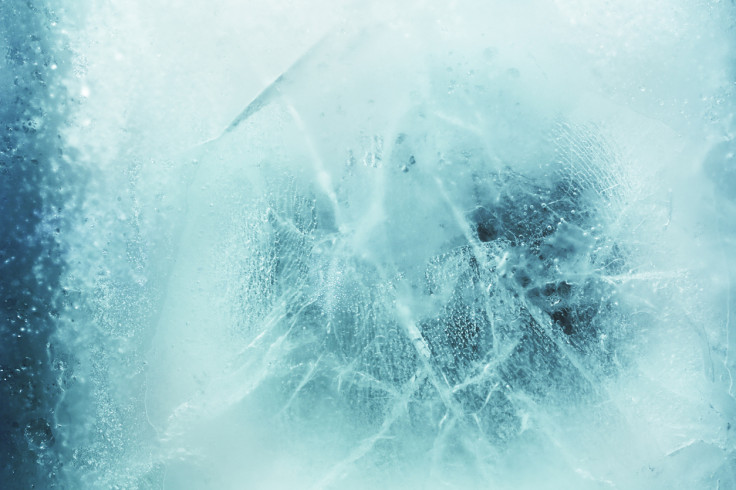What are time crystals? New form of matter explained
New phase of matter is mind-bogglingly complicated, but it has implications for quantum computing.

Time crystals – a new phase of matter – have been created in a laboratory. In this phase, atoms move in a pattern that repeats in time, rather than just space.
The description of the breakthrough, first announced last September, has now been published in the journal Nature.
What are time crystals and where did they come from?
The concept of time crystals is extremely complicated. It was first proposed by MIT scientist Frank Wilczek in 2012, who considered whether a phase of matter could be created so that its atoms move in a pattern that repeats in time instead of space.
Normally, the atoms of crystals (such as diamonds, quartz and ice) are arranged in orderly 3D patterns that repeat. This is within space, and everything is all still nice and straightforward.
In time crystals, however, atoms are arranged in patterns that repeat in time as well. So the atoms would be moving at a certain rate – the atoms never settle to a thermal equilibrium, where they all have the same amount of heat. This new non-equilibrium phase was what scientists were looking for.
In normal phases – like solids, liquids and gasses – atoms settle down or come to an equilibrium. What researchers now understand is that at very low temperatures (where the rules of quantum physics come in) some systems never go into equilibrium.
Shivaji Sondhi, from Princeton University, was part of one of the teams that created time crystals: "It was thought that if a system doesn't settle down and come to equilibrium, you couldn't really say that it is in a phase. It is a big deal when you can give a definition of a phase of matter when the matter is not in equilibrium."
How did scientists create time crystals?

Two teams created time crystals in two different ways.
One, led by researchers at the University of Maryland, did so with ions (electrically charged atoms) of the element ytterbium. They applied an electric field to levitate the ions above a surface then hit the atoms with a laser pulse repeatedly at regular rhythm. This caused the atoms to flip over in a pattern that repeated in time. The resulting behaviour? Time crystals.
The other team, led by scientists from Harvard and Princeton, created an artificial lattice in a synthetic diamond. They then used microwaves to disturb the impurities at regular intervals. This also led to time crystal oscillations.
What does it all mean?
For most people, the creation of time crystals will have very little impact on their day-to-day lives. But for physicists, it has wide implications for research into phases of matter. "This opens the door to a whole new world of non-equilibrium phases," said Andrew Potter, from the University of Texas at Austin.
"We've taken these theoretical ideas that we've been poking around for the last couple of years and actually built it in the laboratory. Hopefully, this is just the first example of these, with many more to come."
In the future, time crystals could come in use in quantum computing – specifically how to protect information in quantum computers. Christopher Monroe, who led the team at the University of Maryland, explained: "Although any applications for this work are far in the future, these experiments help us learn something about the inner workings of this very complex quantum state."
Vedika Khemani, from Princeton, added: "The creation of time crystals has allowed us to add an entry into the catalogue of possible orders in space-time, previously thought impossible."
© Copyright IBTimes 2025. All rights reserved.






















